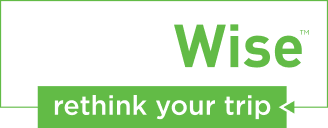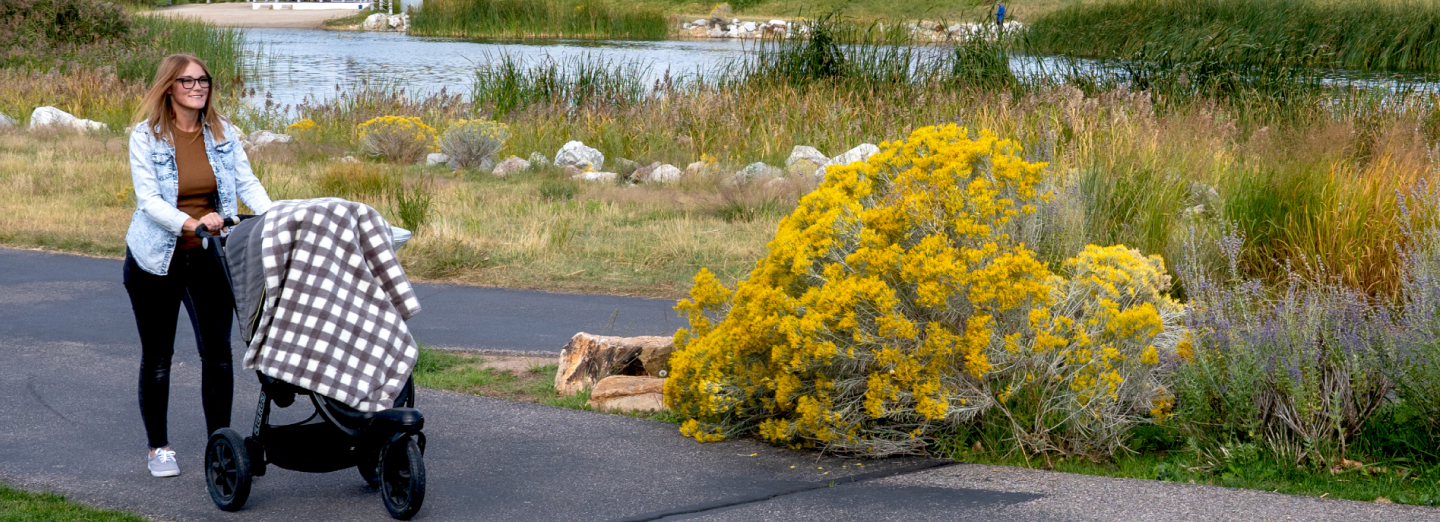How to
TravelWise
There are many ways to TravelWise. Learn more about each TravelWise strategy below, and take a quick quiz to determine which strategy might work best for you. Deciding which TravelWise strategy fits you best may require experimentation. Choose a strategy and test how it works in your life. You may enjoy the benefits so much that you’ll want to adopt more than one!
See what TravelWise strategies are best for you by taking the quiz below!
Plan ahead
Some TravelWise options may already feel like a natural part of life, but sometimes it takes planning and a sense of adventure to try a transportation mode or strategy that may be new to you. For instance, take a moment to think about your upcoming week. Your daily schedule and the way you choose to do what you need and want to do may be more flexible than you think! When was the last time you explored the walking and biking routes and trails between you and your destinations? Have you downloaded Utah Transit Authority apps and experimented with public transit options that may work for you? Planning ahead to use the public transit system of interconnected bus and rail services may be just the transportation solution you didn’t know you always wanted.
Take a little time to explore your transportation options and make a plan, and then put your TravelWise plan in motion!
For inspiration, read below about the many TravelWise options and how other Utahns benefit by using them.
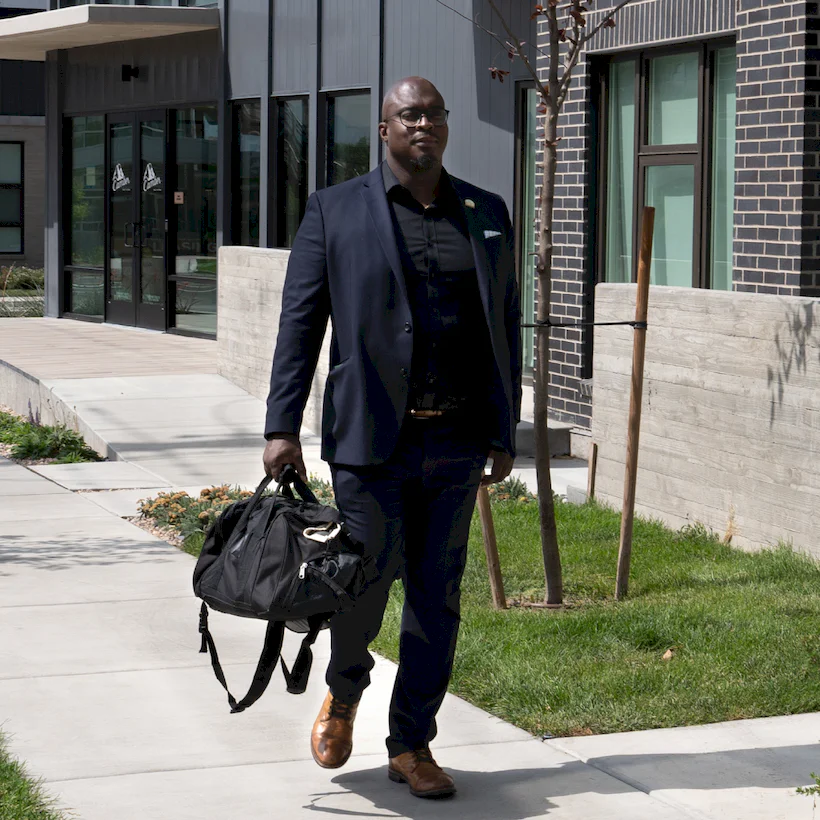
Walk
Walking is a healthy, efficient, and economical way to travel. More sidewalk connections and trails statewide are making this transportation mode a better option for many. Walkable routes to and from bus stops and train stations are also making it easier to chain together walking and riding public transit. Walking offers widespread benefits that you can’t get when driving alone, like improved physical health and social interaction opportunities. Many Utahns are also choosing to live in walkable communities, which means it actually doesn’t take any additional time to walk where they want to go.
Richard found that walking to and from his daily activities was a practical way to have less stress, stay fit, and enjoy fresh air.
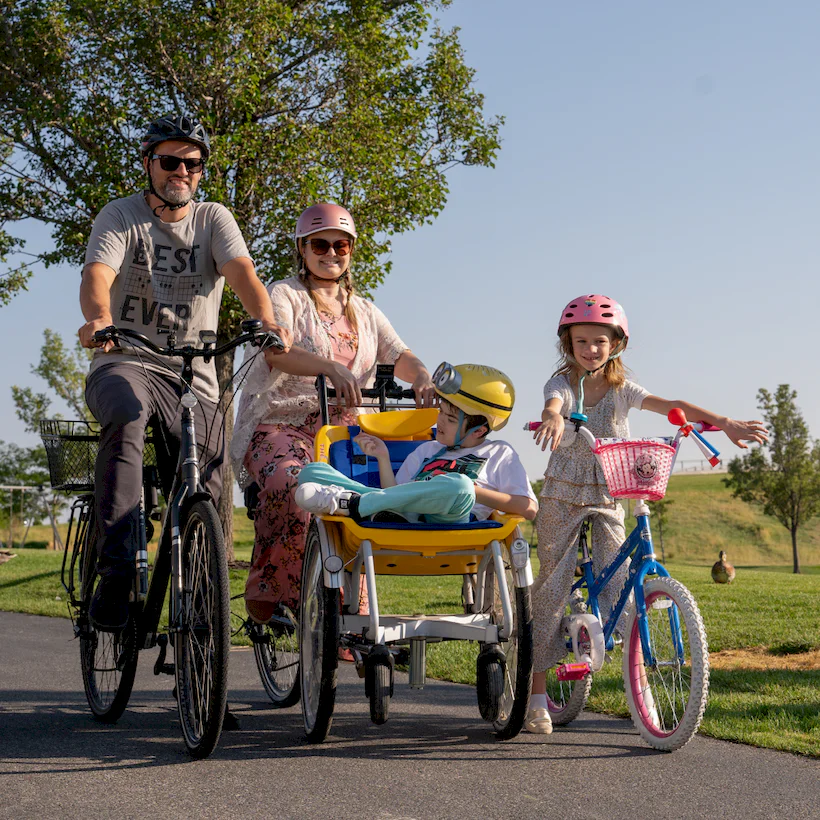
Bike
With the increase of dedicated lanes, cycle tracks, and trails through the state, biking has surged as a viable transportation option. The addition of e-bikes has made cycling even more comfortable and feasible for daily trips and has expanded cycling options for older Utahns and persons with disabilities (PWD). Bicycling as a whole has also increased in convenience and safety with more low-stress bike facilities and paved trails, including continued development of the Utah Trail Network. More cyclists are also connecting to transit to travel longer distances, mixing the benefits of active living with the convenience of bus and rail travel.
For Tristin and Mike, using a cargo bike to run errands started during the COVID-19 pandemic to keep their son with special needs safe and healthy, but this fun way to spend time together as a family turned into a way of life.
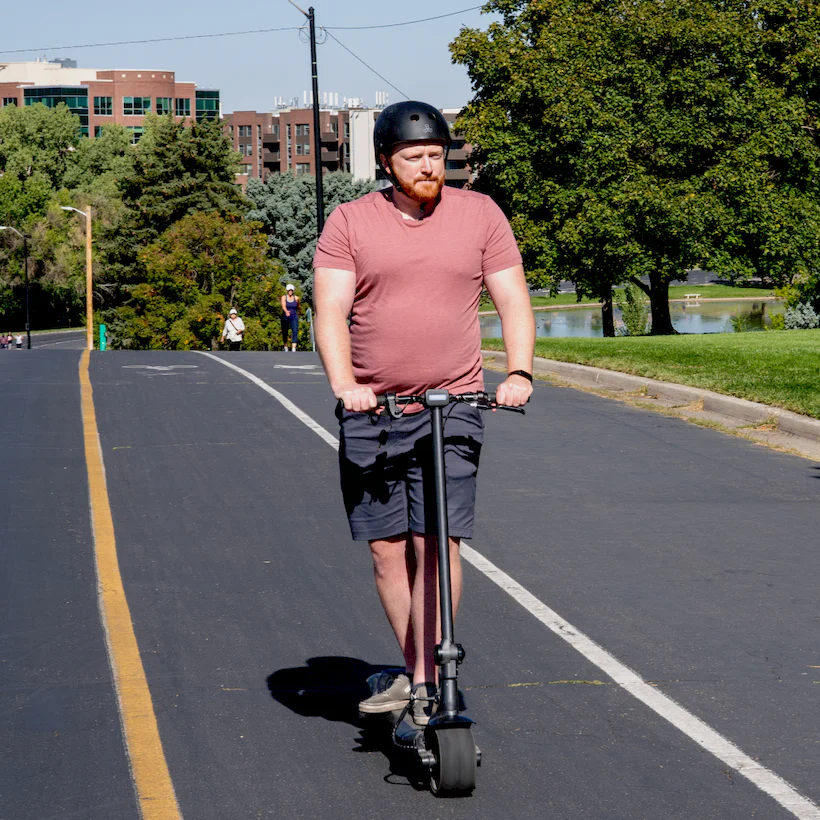
Roll
More and more people are rolling to their destinations. Rolling, which includes using e-scooters, skateboards, and wheelchairs/mobility devices, may be the only short-distance travel mode for persons with disabilities (PWD), and may be the most convenient, affordable, and fun way to travel for short-distance trips. That’s why TravelWise is committed to making it easier for people to roll to neighborhood destinations and transit connections through safe and convenient sidewalks in communities built for active living.
Rolling right past busy traffic, Nate has found an electric scooter to be his favorite way to commute and enjoy what the Salt Lake and Utah valleys have to offer.
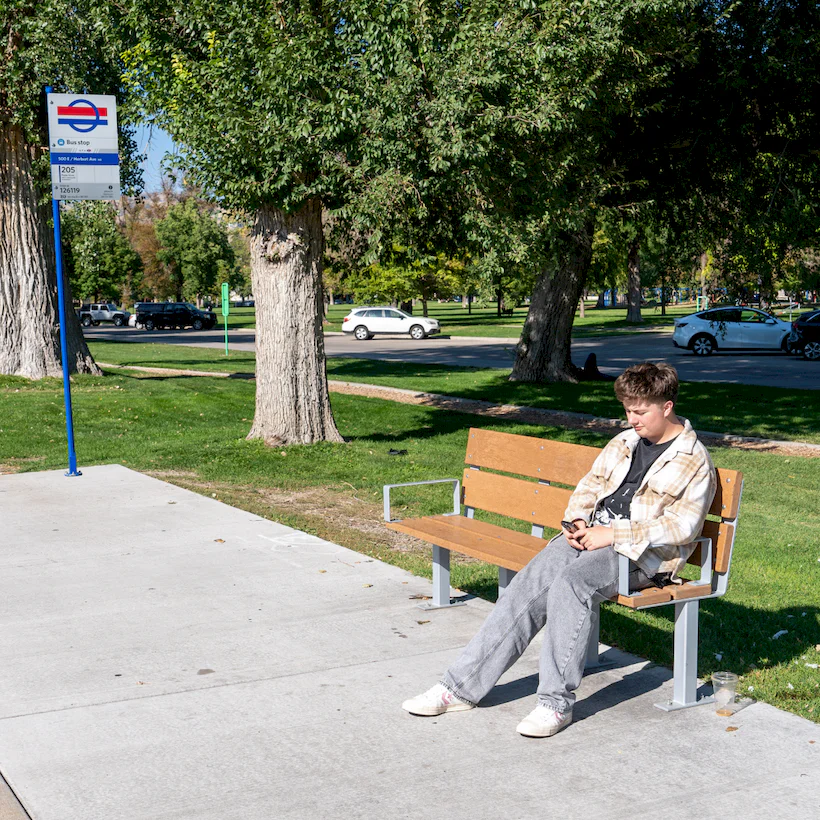
Public Transit: Bus
The growing number of bus routes and services in Utah means more and more people can let someone else worry about the driving as they travel from place to place. The Utah Transit Authority offers apps to help simplify bus riding. Plus, riding the bus offers a variety of benefits, like saving on gas and eliminating the need to own more than one car or to own a car at all, which saves on monthly car and insurance payments as well as vehicle maintenance costs.
Fifteen-year-old Ollie knows that taking the bus means one thing: freedom–freedom to explore, to read and create music, and to make friends along the way.
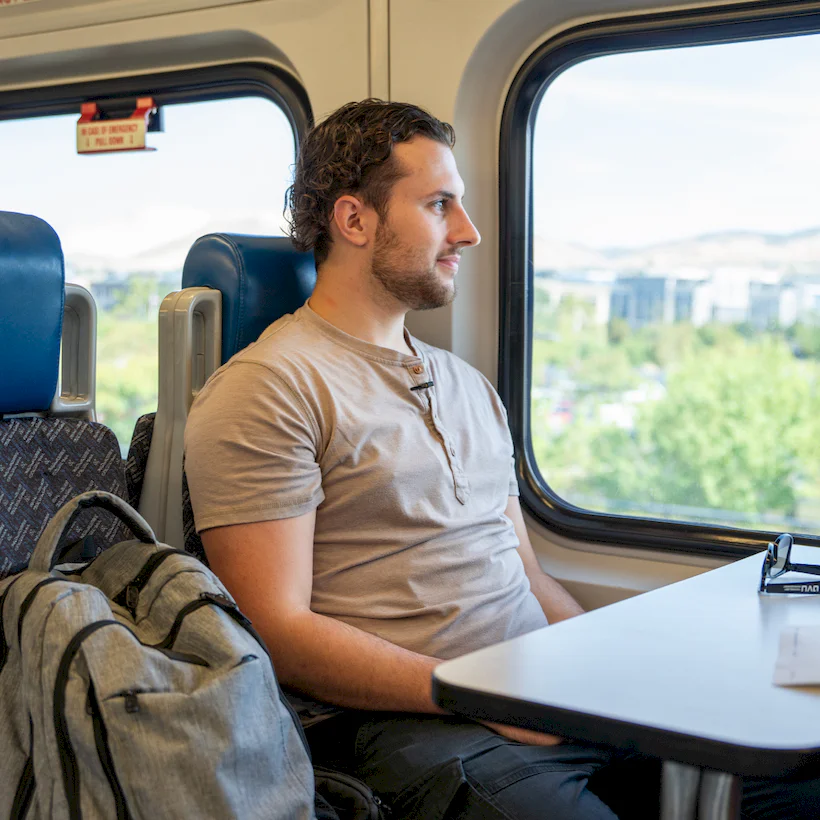
Public Transit: Rail
Use of public rail service has been on the rise in recent years due in part to increased availability. This has been especially true along the Wasatch Front, with a variety of public transit improvements, like UTA FrontRunner commuter rail and more UTA TRAX light rail legs. Many Utahns are recognizing the improving convenience of using rail to get where they need to go, and the Utah Transit Authority offers apps that simplify public transit planning.
Dealing with the adverse effects of a motorcycle crash pushed Spencer to redefine his lifestyle by using rail, buses, and bikes to get to school at Utah Valley University and to reach the other people and places most important to him.
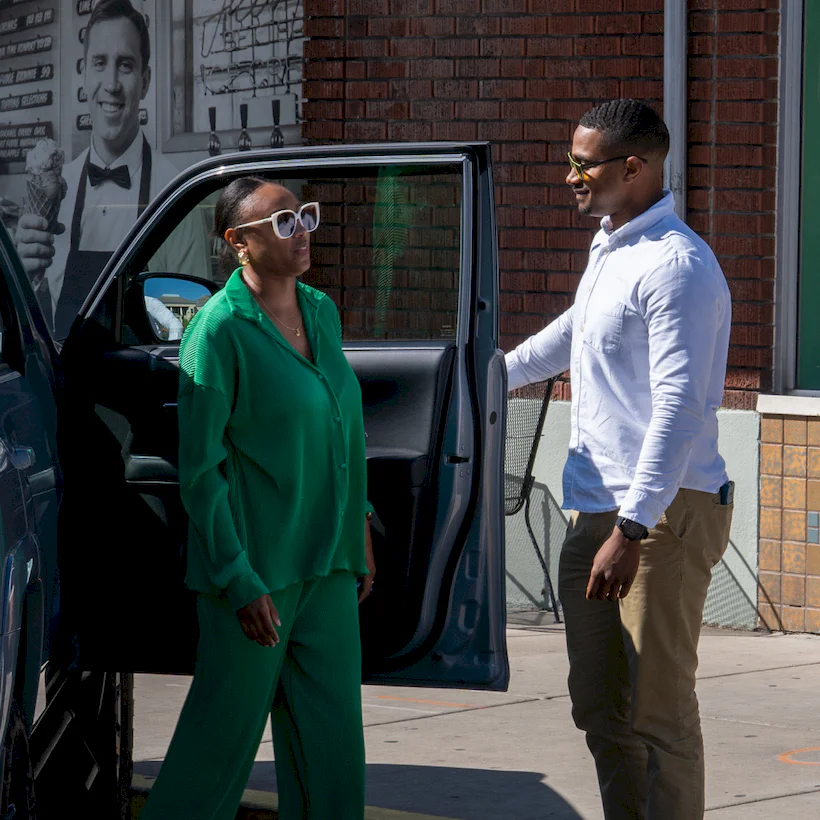
Carpool
Carpooling involves more than one person traveling together in a vehicle and can be used for many occasions. This includes commuting to work, attending special events, or taking kids to school and recreational activities. While this strategy requires some coordination of schedules, it can be easily implemented to diffuse the stress and expense of driving, increase social connections, and reduce roadway congestion. To find more information on carpooling and to match up with fellow commuters who are looking to carpool, visit UTA Rideshare.
An Alabama transplant, Tyler found a way to decrease his carbon footprint and strengthen friendships by carpooling.

Vanpool
Another way to coordinate and simplify travel with others heading to the same general destination area is to vanpool. Vanpooling involves more than one person traveling together in a large van to get to common destinations or regions. The Utah Transit Authority offers a vanpool service for those who want to coordinate travel with others in their community or for companies wanting to set up vanpool options for employees.
Using a vanpool service enables Brian Head employees a safe and easy way to commute to a workplace in a challenging location, even during severe weather.
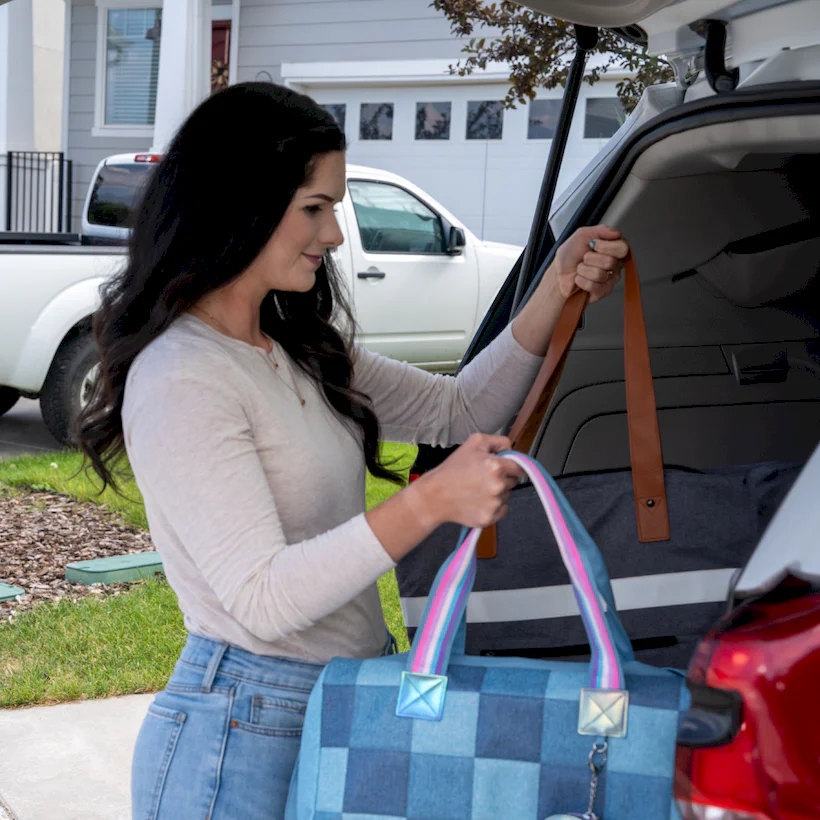
Trip Chain
Trip chaining and planning your trips to avoid rush hour traffic are hassle-free ways to TravelWise. Trip chaining involves grouping errands or other activities into one trip instead of returning home in between each one. The more errands you group together, the more vehicle trips you save.
Trip chaining is an essential time-and-money-saving mom-hack for Jessica, a busy professional with four young children.
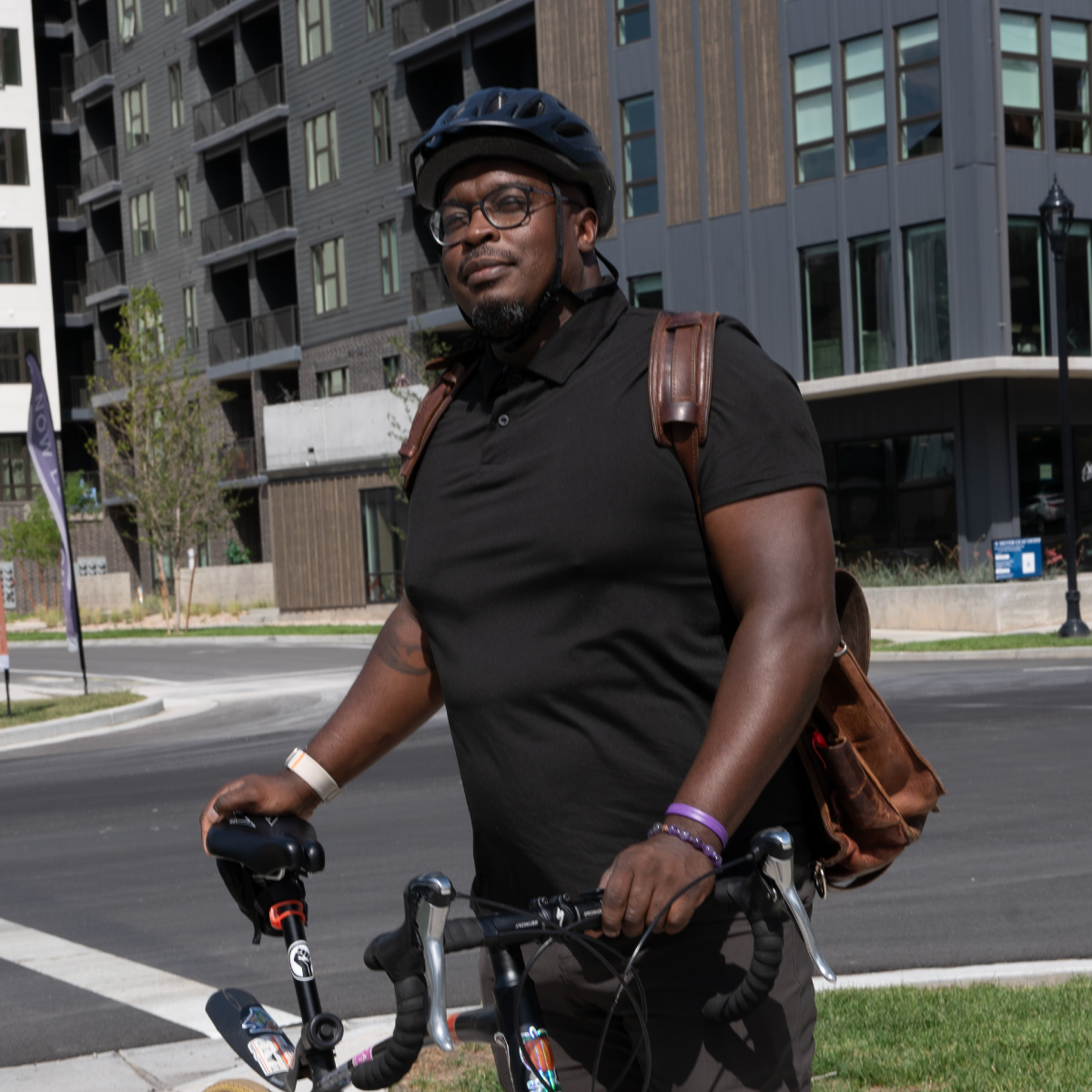
Skip the Trip
The skip the trip strategy is as easy as it sounds—just plan ahead to avoid unnecessary trips. These can be trips taken for work or personal activities. Couple this together with other TravelWise strategies like carpooling and trip chaining, and you can make an even bigger impact.
Skipping unnecessary trips is a way of life for Richard, a busy lawyer who lives, works, and shops in downtown Salt Lake City, which makes planning ahead easy and convenient.
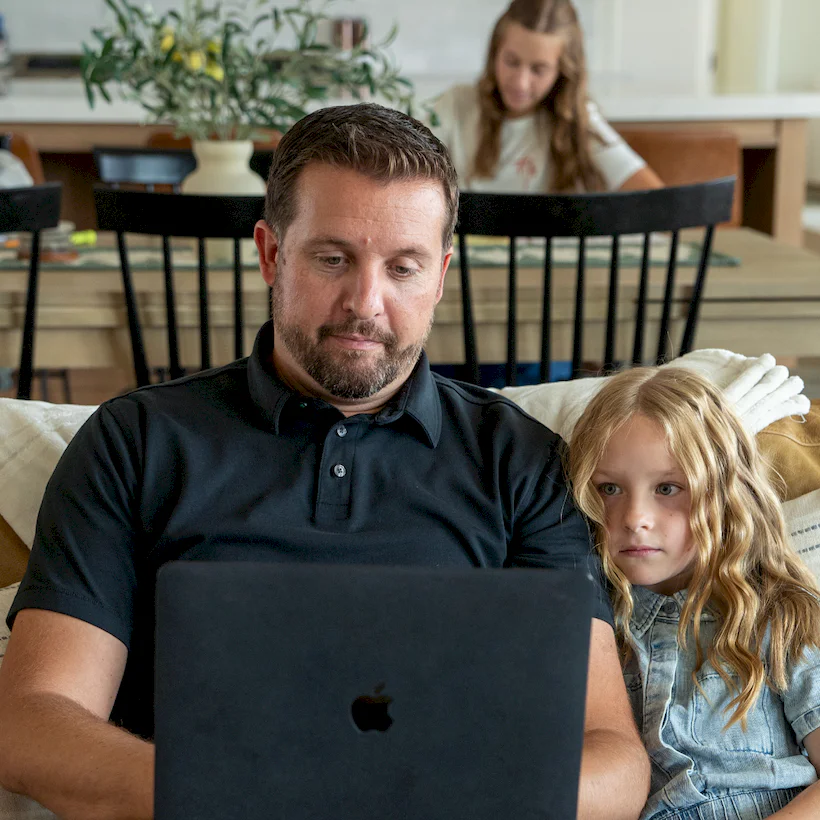
Remote Work
Remote work is possible from just about anywhere these days, as long as there is a wireless internet connection. Rather than spending time traveling back and forth between meetings, consider working comfortably from home or using a local coffee shop or library to get things done.
Working remotely from Roosevelt allows Jayson to raise his daughters with small-town values, supported by family and a close-knit community.
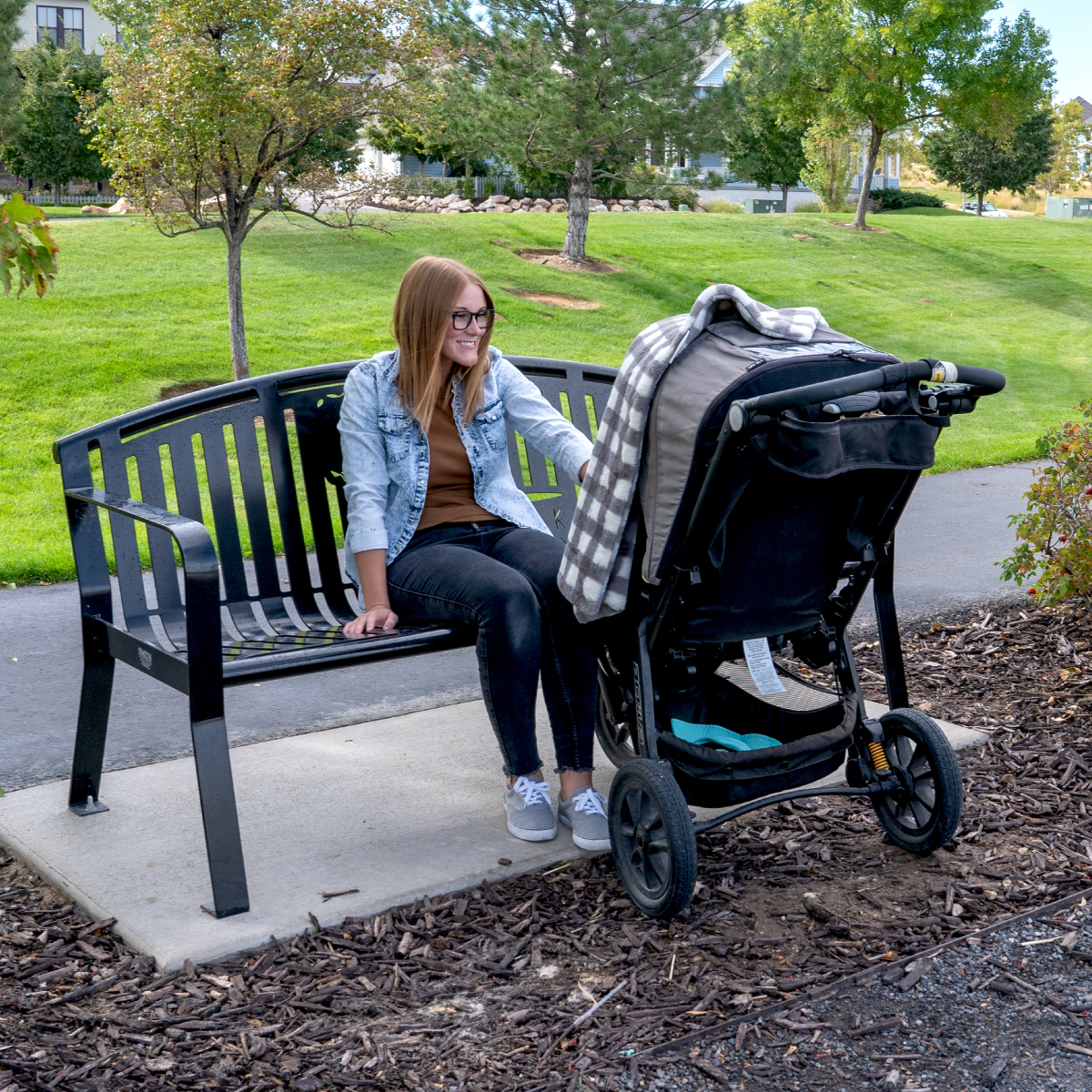
Flexible Work Schedule
Shifting work hours or working fewer days in a compressed workweek means spending less time commuting and more time getting things done and spending time with those who matter most. Typically, a compressed workweek consists of four days of 10-hour shifts, three days of 12-hour shifts, or nine-hour shifts with one day off on alternating weeks. Flexible work hours usually means standard eight-hour days with shifted start and end times.
To save time in no time, Katy chooses a flexible work schedule, which gives her more hours in the day to find joy with the people she loves the most instead of losing that time during busy traffic hours.
